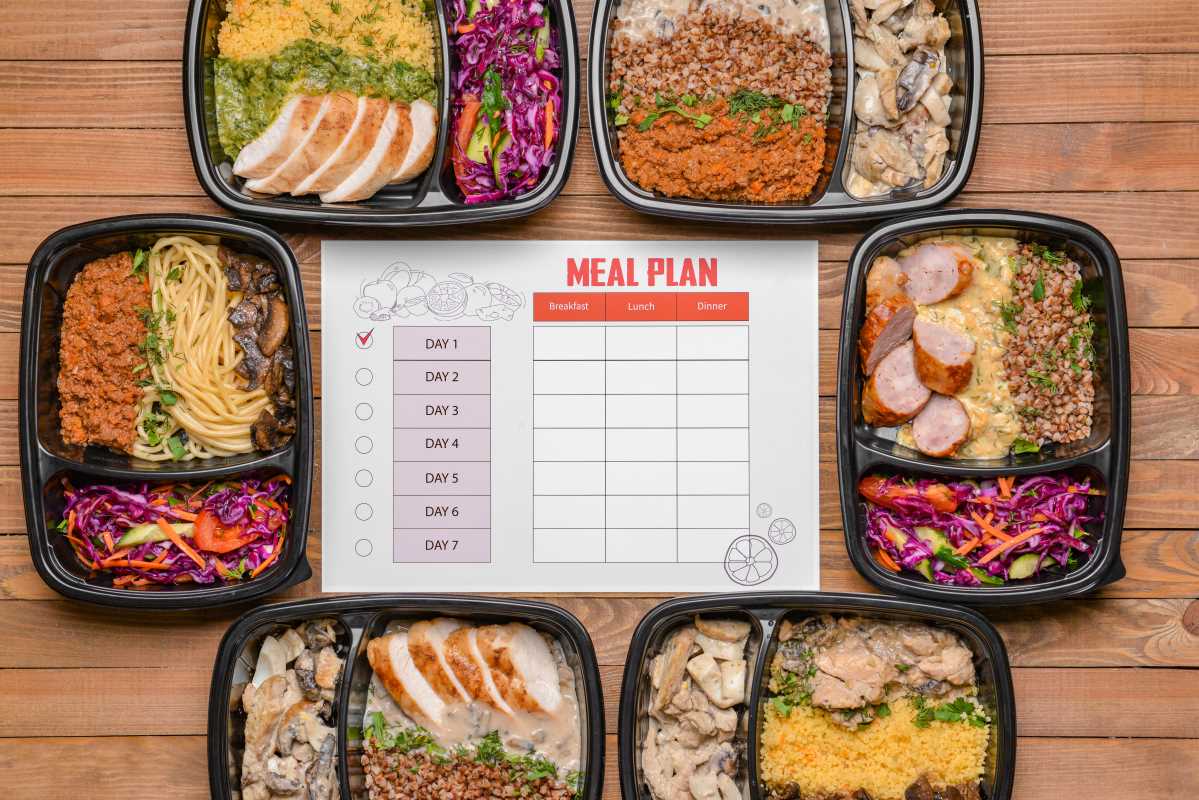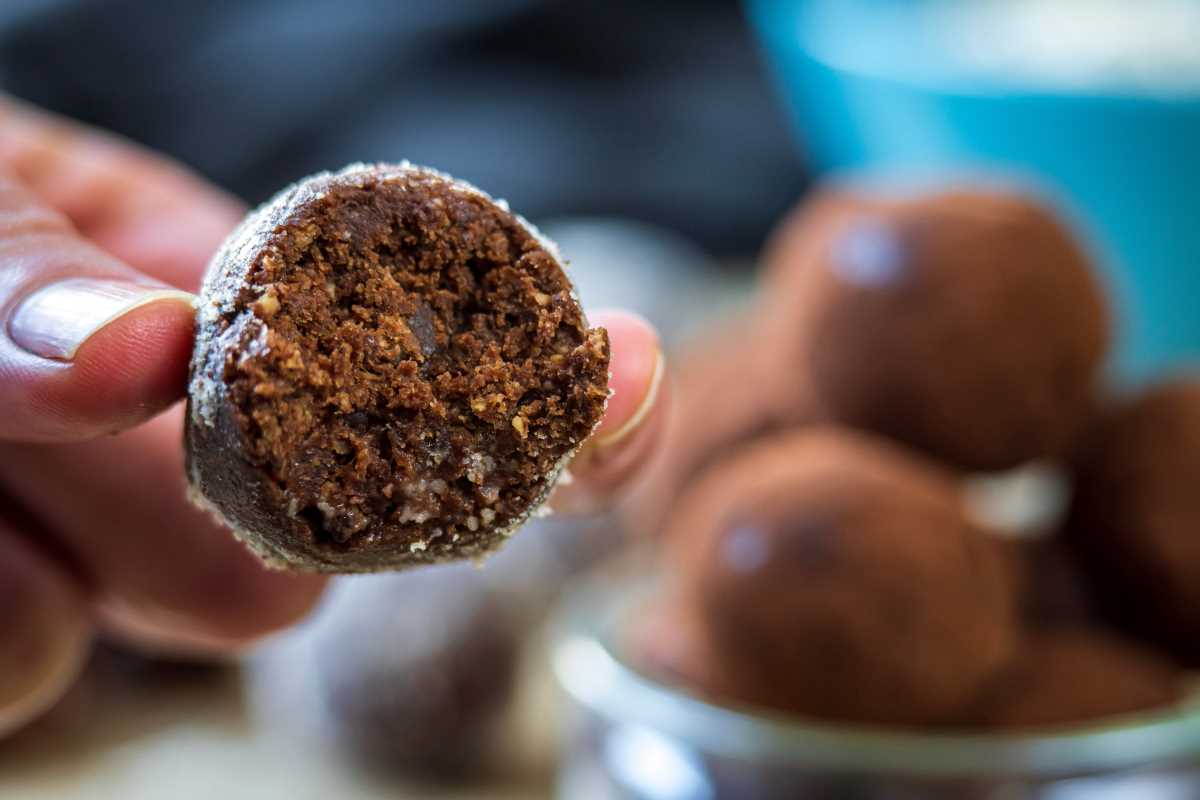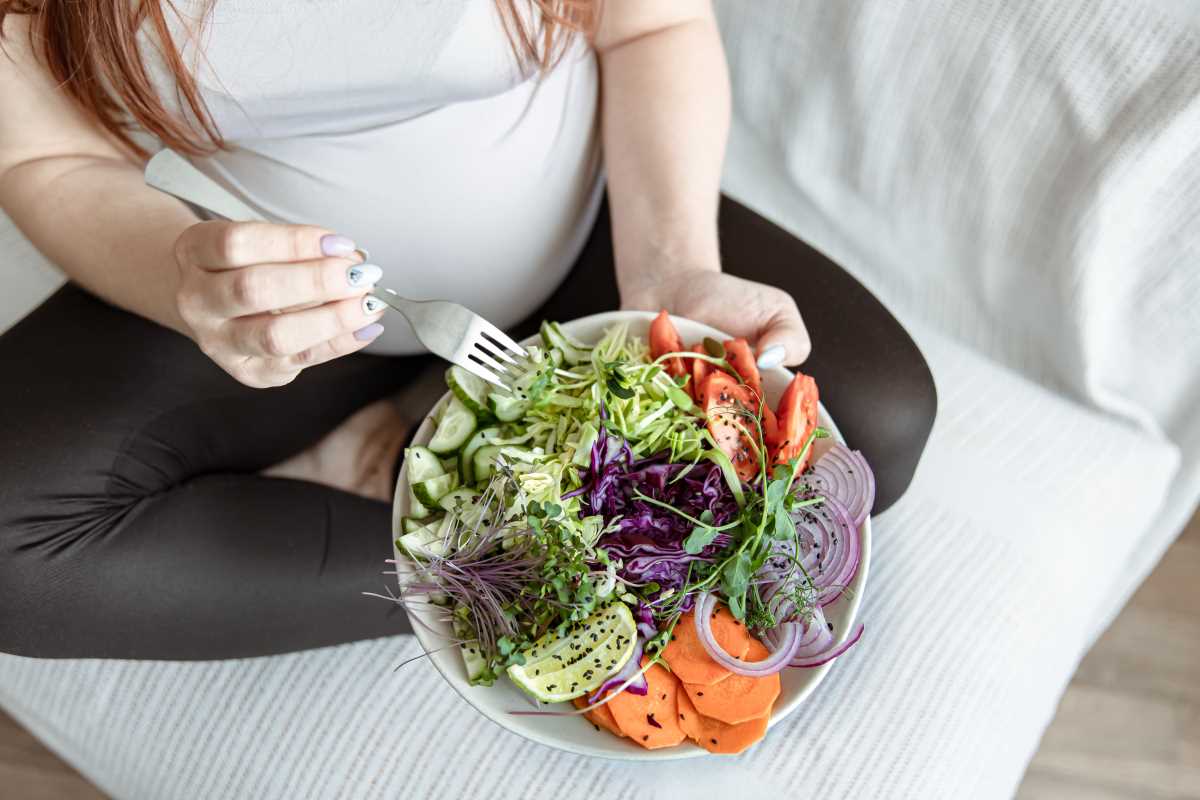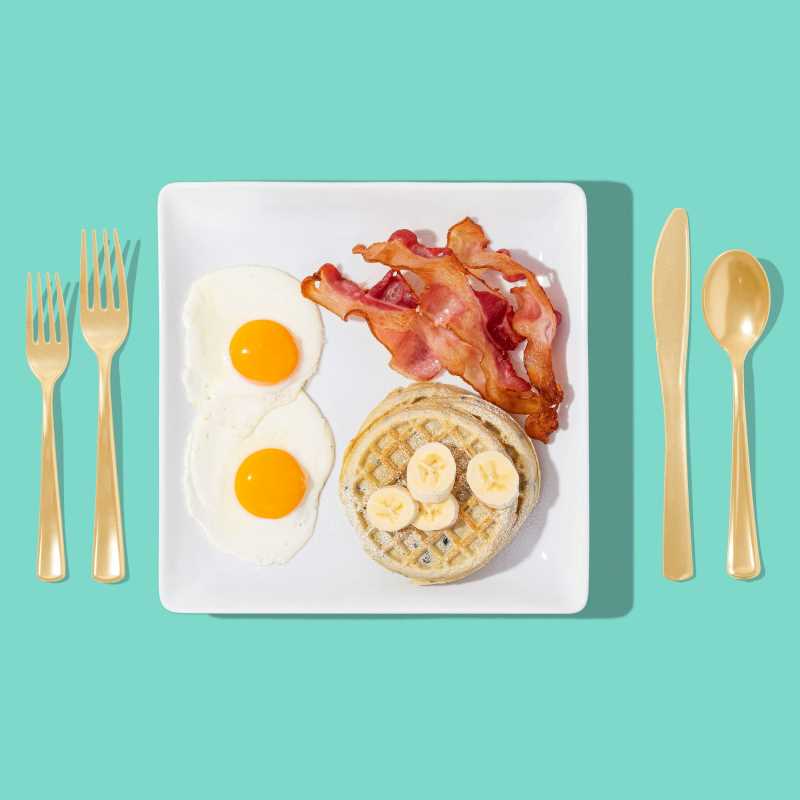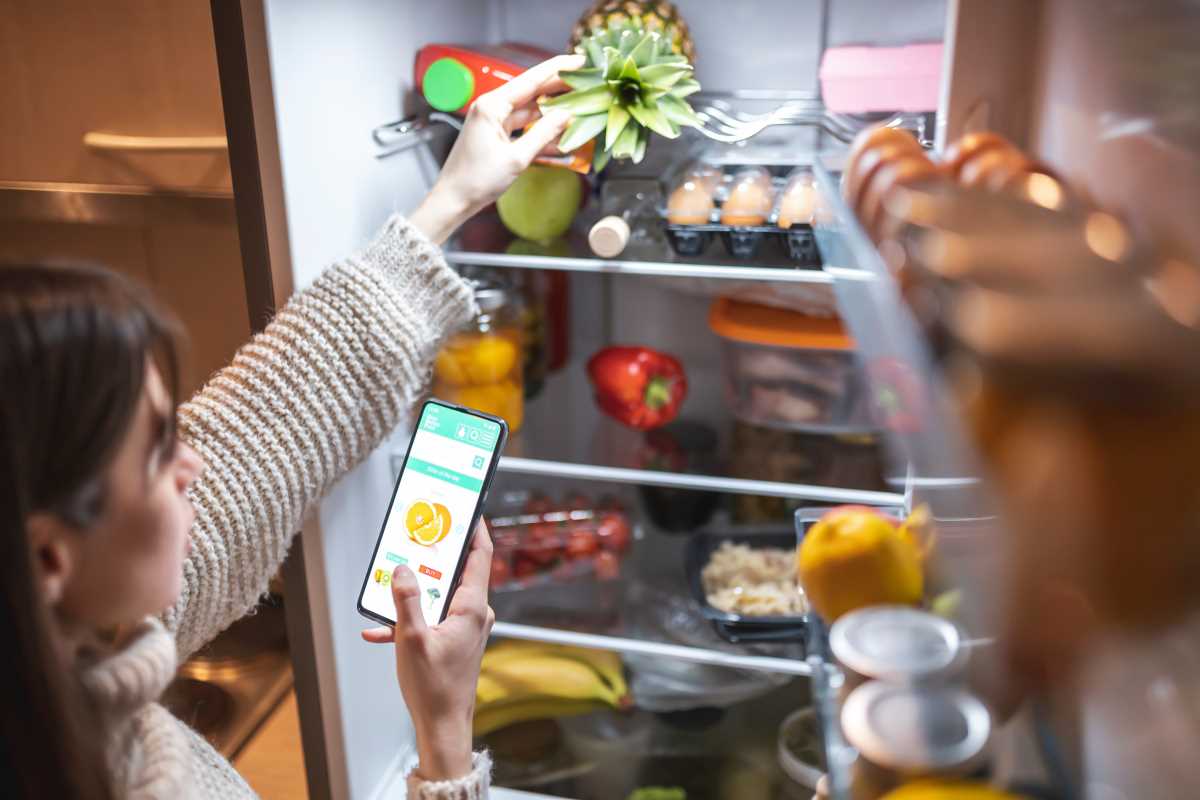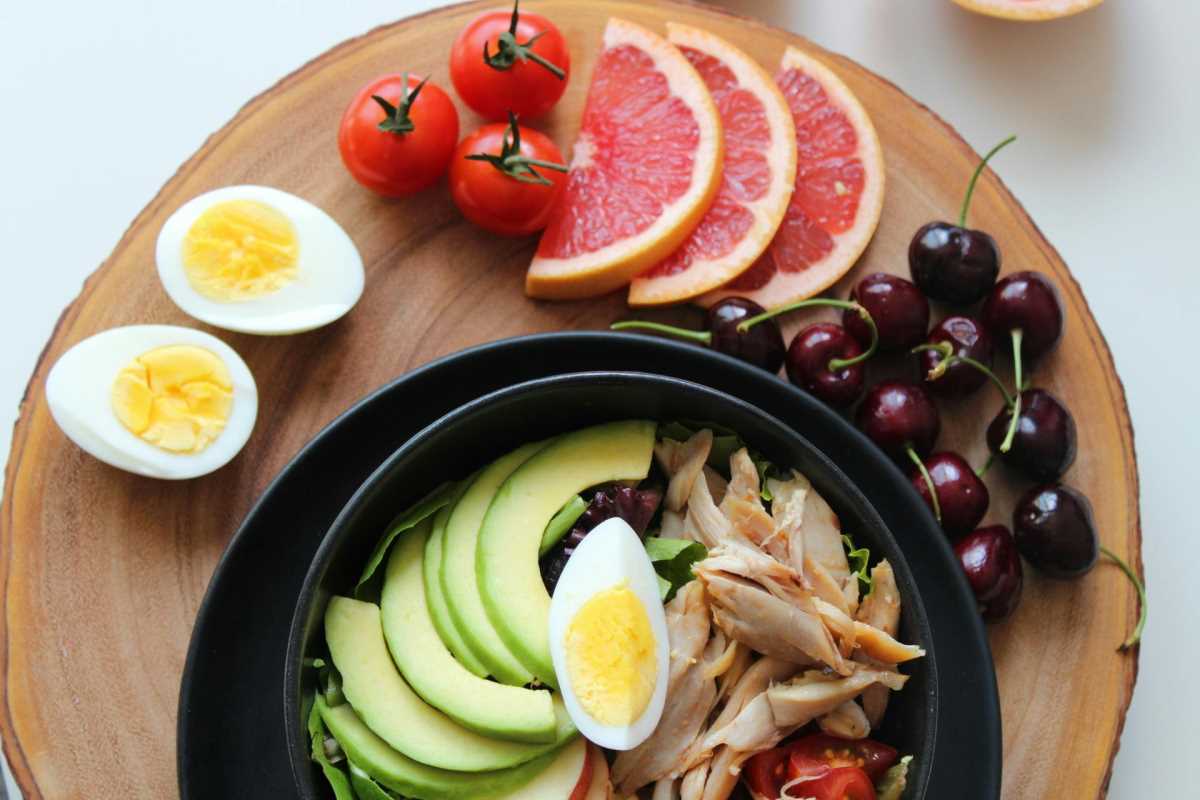Eating well when life is nonstop often feels like an impossible juggling act. Between long workdays, errands, and family commitments, it's tempting to grab whatever's quick—usually something greasy, sugary, or straight out of a drive-thru bag. But healthy eating doesn't have to compete with a busy schedule. With a little strategy and smart prepping, you can set yourself up with meals that are fast, portable, and genuinely satisfying.
The science backs this up: research shows that people who meal prep consume more fruits, vegetables, and whole grains while reducing their intake of processed foods. You're not just saving time—you're investing in your long-term health. Think grab-and-go salads that stay crisp for days, hearty wraps that beat any takeout, and snack boxes that make gas station chips look boring. Meal prep isn't about spending your entire Sunday in the kitchen—it's about creating shortcuts so your week runs smoother and your body feels better.
1. Mason Jar Salads: The Layering Game-Changer
Layering salads in mason jars is a meal prep classic for a reason—it keeps your greens fresh for up to five days when done correctly. The secret lies in the strategic layering technique that prevents sogginess while maximizing flavor.
The Perfect Layer Formula:
- Bottom layer: Start with 2-3 tablespoons of dressing. Oil-based vinaigrettes work best as they create a protective barrier
- Second layer: Hardy vegetables like diced cucumbers, bell peppers, cherry tomatoes, or shredded carrots that won't absorb too much dressing
- Third layer: Proteins such as grilled chicken breast, hard-boiled eggs, chickpeas, or crumbled feta cheese
- Fourth layer: Grains like quinoa, brown rice, or farro for staying power
- Top layer: Delicate greens such as spinach, arugula, or mixed greens
Pro Tips for Success:
- Use wide-mouth mason jars (16-32 oz) for easy packing and eating
- Pack ingredients tightly to minimize air pockets that cause wilting
- Keep nuts and seeds separate until ready to eat to maintain crunch
- Try themed combinations: Mediterranean with olives, feta, and balsamic; Mexican with black beans, corn, and cilantro lime dressing
Health Benefits: This method preserves the maximum nutritional value of your vegetables while providing a complete meal with protein, healthy fats, and complex carbohydrates.
2. Overnight Oats and Chia Pudding: Breakfast That Works for You
Breakfast doesn't have to be rushed, and these make-ahead options prove it. Both overnight oats and chia pudding offer sustained energy thanks to their high fiber content and slow-releasing carbohydrates.
Overnight Oats Mastery:
Start with a 1:1 ratio of rolled oats to liquid (dairy or plant-based milk). Add a tablespoon of chia seeds for extra nutrition, a touch of honey or maple syrup, and your choice of mix-ins. Popular combinations include:
- Apple Cinnamon: Diced apple, cinnamon, and a pinch of nutmeg
- Chocolate Peanut Butter: Cocoa powder, natural peanut butter, and sliced banana
- Tropical Paradise: Coconut milk, diced mango, and toasted coconut flakes
- Berry Protein: Mixed berries, protein powder, and a dollop of Greek yogurt
Chia Pudding Perfection:
Mix 3 tablespoons of chia seeds with 1 cup of milk and 1-2 tablespoons of sweetener. Let it sit for 5 minutes, stir to prevent clumping, then refrigerate overnight. The result is a pudding-like texture packed with omega-3 fatty acids, fiber, and plant-based protein.
Storage and Serving:
Both options keep for up to 5 days in the refrigerator. Add fresh toppings like nuts, seeds, or fruit just before eating for maximum texture and nutritional impact.
3. Wraps and Roll-Ups: Portable Perfection
Whole-grain wraps or collard greens make excellent portable bases that travel well and provide sustained energy. The key to a great wrap is balancing flavors and textures while keeping moisture under control.
Building the Ultimate Wrap:
- Base: Choose whole wheat tortillas, spinach wraps, or large collard green leaves for a low-carb option
- Spread: Use hummus, avocado, or Greek yogurt-based spreads for healthy fats and flavor
- Protein: Include lean options like turkey breast, grilled chicken, tuna salad made with Greek yogurt, or plant-based proteins like tempeh
- Vegetables: Add crunch with lettuce, cucumber, bell peppers, and shredded carrots
- Flavor boosters: Fresh herbs, pickles, or a small amount of cheese
Wrapping Techniques:
Place ingredients in the center third of the wrap, leaving borders on all sides. Fold in the sides first, then roll from bottom to top, creating a tight cylinder. Wrap in aluminum foil or parchment paper to maintain shape and prevent unrolling.
Make-Ahead Tips:
Prepare wraps up to 3 days in advance. Keep wet ingredients like tomatoes separate and add them just before eating, or use a barrier like lettuce leaves to prevent sogginess.
4. Protein Boxes: Balanced Nutrition Made Simple
Inspired by popular coffee shop snack boxes, you can assemble your own nutritionally balanced versions at home for a fraction of the cost. These boxes provide a perfect balance of protein, healthy fats, and complex carbohydrates.
Essential Components:
- Protein: Hard-boiled eggs, cheese cubes, nuts, or Greek yogurt
- Complex carbs: Whole-grain crackers, apple slices, or berries
- Healthy fats: Avocado slices, nuts, or seeds
- Vegetables: Cherry tomatoes, cucumber slices, or bell pepper strips
Creative Combinations:
- Mediterranean Box: Hummus, whole-grain pita chips, cherry tomatoes, cucumber, olives, and feta cheese
- Apple Harvest Box: Apple slices, almond butter packets, cheddar cheese cubes, and whole-grain crackers
- Power Protein Box: Hard-boiled eggs, mixed nuts, string cheese, and baby carrots
Portion Control Benefits:
Pre-portioning helps you maintain appropriate serving sizes while ensuring you get a variety of nutrients. Each box should contain approximately 300-400 calories for a satisfying snack or light meal.
5. Sheet Pan Meals: Bulk Cooking Simplified
Sheet pan meals are a busy person's best friend because they require minimal prep and cleanup while providing multiple servings. The high-heat roasting method caramelizes vegetables and proteins, creating complex flavors with minimal effort.
The Perfect Sheet Pan Formula:
- Protein: 1-2 pounds of chicken thighs, salmon fillets, or cubed tofu
- Vegetables: 4-6 cups of mixed vegetables (broccoli, Brussels sprouts, carrots, zucchini)
- Seasonings: 2-3 tablespoons olive oil, salt, pepper, and your favorite herb blend
Cooking Strategy:
Different ingredients cook at different rates, so timing is crucial. Start with harder vegetables like potatoes and carrots, then add proteins and quicker-cooking vegetables in stages. Most combinations cook at 425°F for 20-35 minutes.
Flavor Variations:
- Mediterranean: Chicken with zucchini, red onion, and bell peppers, seasoned with oregano and lemon
- Asian-Inspired: Salmon with broccoli and snap peas, finished with sesame oil and ginger
- Mexican-Style: Chicken with peppers and onions, seasoned with cumin, chili powder, and lime
Storage and Reheating:
Divide into individual containers with a side of quinoa, brown rice, or sweet potato. These meals keep for 4-5 days and reheat beautifully in the microwave or oven.
6. Smoothie Bags: Nutrition in a Blender
Pre-portion fruit, greens, and protein powder into freezer bags or containers for the ultimate grab-and-blend convenience. Smoothies are an excellent way to pack multiple servings of fruits and vegetables into a portable meal.
Smoothie Bag Essentials:
Each bag should contain:
- 1 cup frozen fruit (berries, mango, pineapple)
- 1 handful of greens (spinach or kale)
- 1 scoop protein powder or 2 tablespoons nut butter
- Optional boosters: chia seeds, flaxseed, or collagen powder
Liquid Guidelines:
When ready to blend, add 1-1.5 cups of liquid. Water keeps calories low, while milk (dairy or plant-based) adds creaminess and additional protein. Coconut water provides natural electrolytes.
Popular Combinations:
- Green Goddess: Spinach, pineapple, mango, and coconut water
- Berry Protein Power: Mixed berries, protein powder, almond butter, and almond milk
- Tropical Escape: Mango, coconut, spinach, and coconut milk
Nutritional Benefits:
Smoothies provide an easy way to meet your daily fruit and vegetable requirements while delivering sustained energy from natural sugars and protein.
7. Hard-Boiled Eggs and Snack Packs: Protein Powerhouses
Hard-boiled eggs are nutritional superstars—packed with complete protein, healthy fats, and essential vitamins like B12 and choline for brain health. They're also incredibly budget-friendly and versatile.
Perfect Hard-Boiled Technique:
Place eggs in a single layer in a saucepan and cover with cold water by 1 inch. Bring to a rolling boil, then remove from heat and cover for 12 minutes. Transfer to an ice bath to stop cooking and make peeling easier.
Pairing Suggestions:
- Classic Combo: Two eggs with carrot sticks and hummus
- Apple Crunch: One egg with apple slices and almond butter
- Mediterranean Mix: Egg with cherry tomatoes, cucumber, and olives
- Protein Plus: Egg with a small handful of mixed nuts and berries
